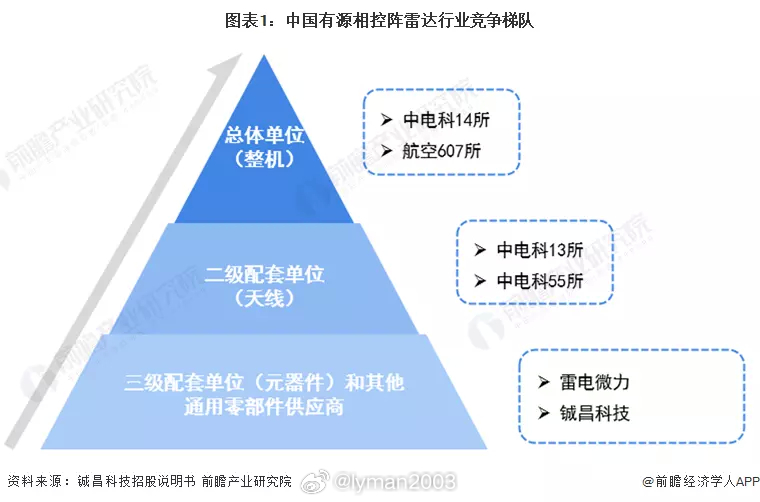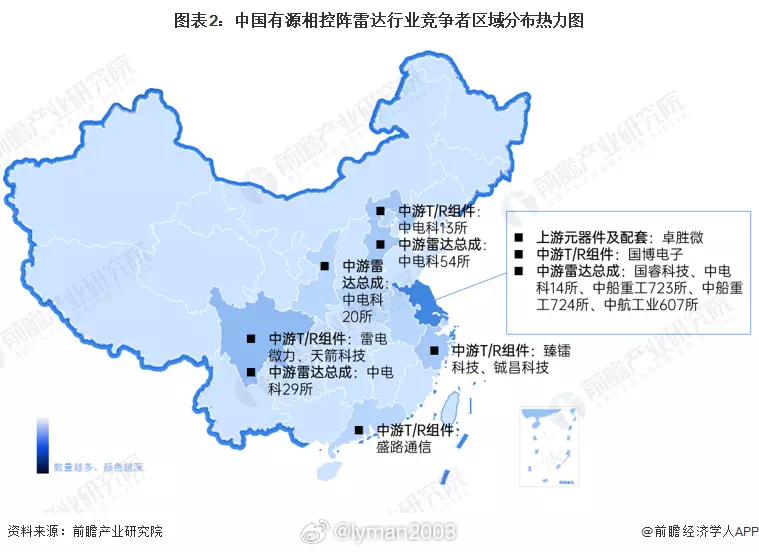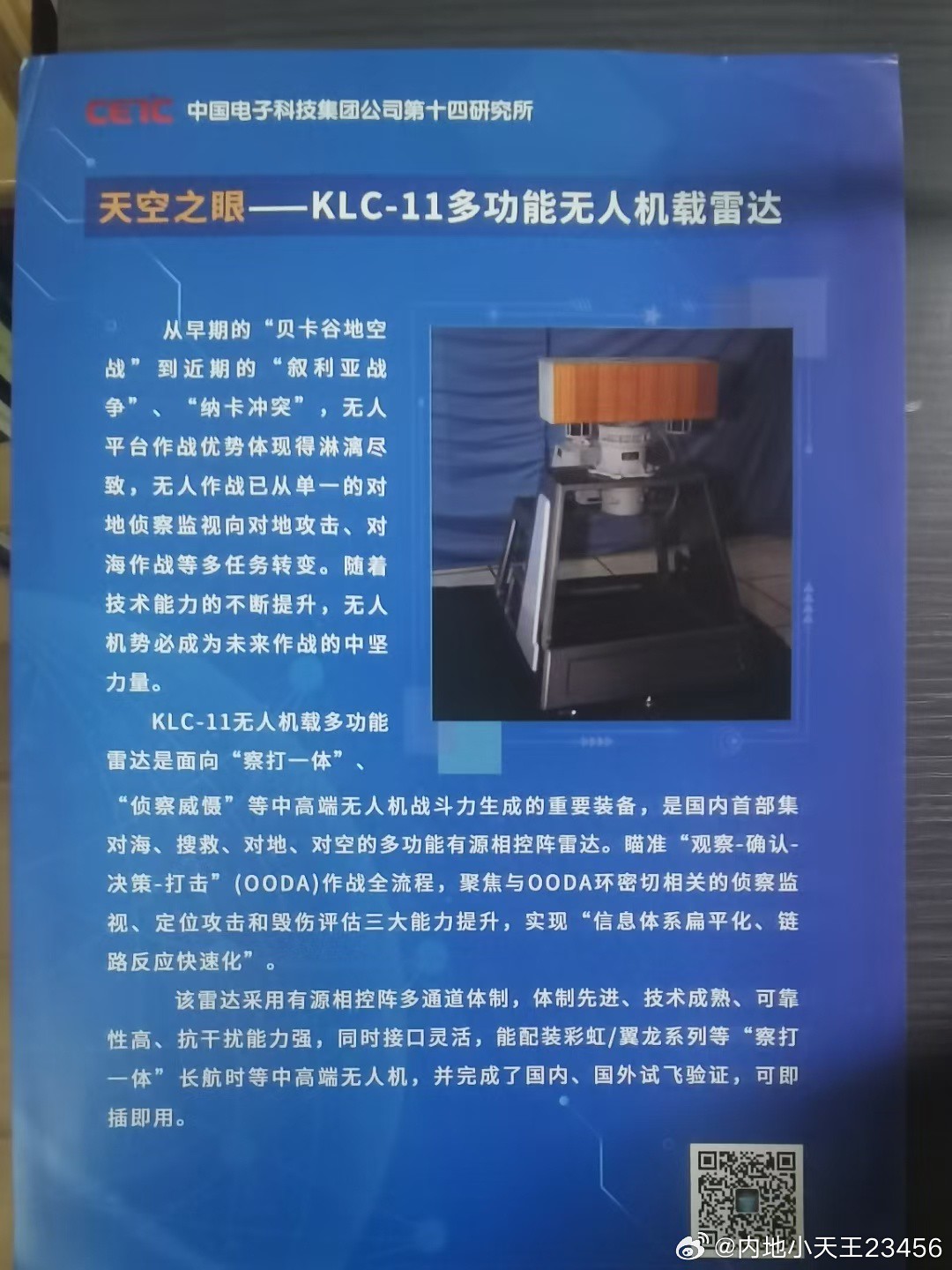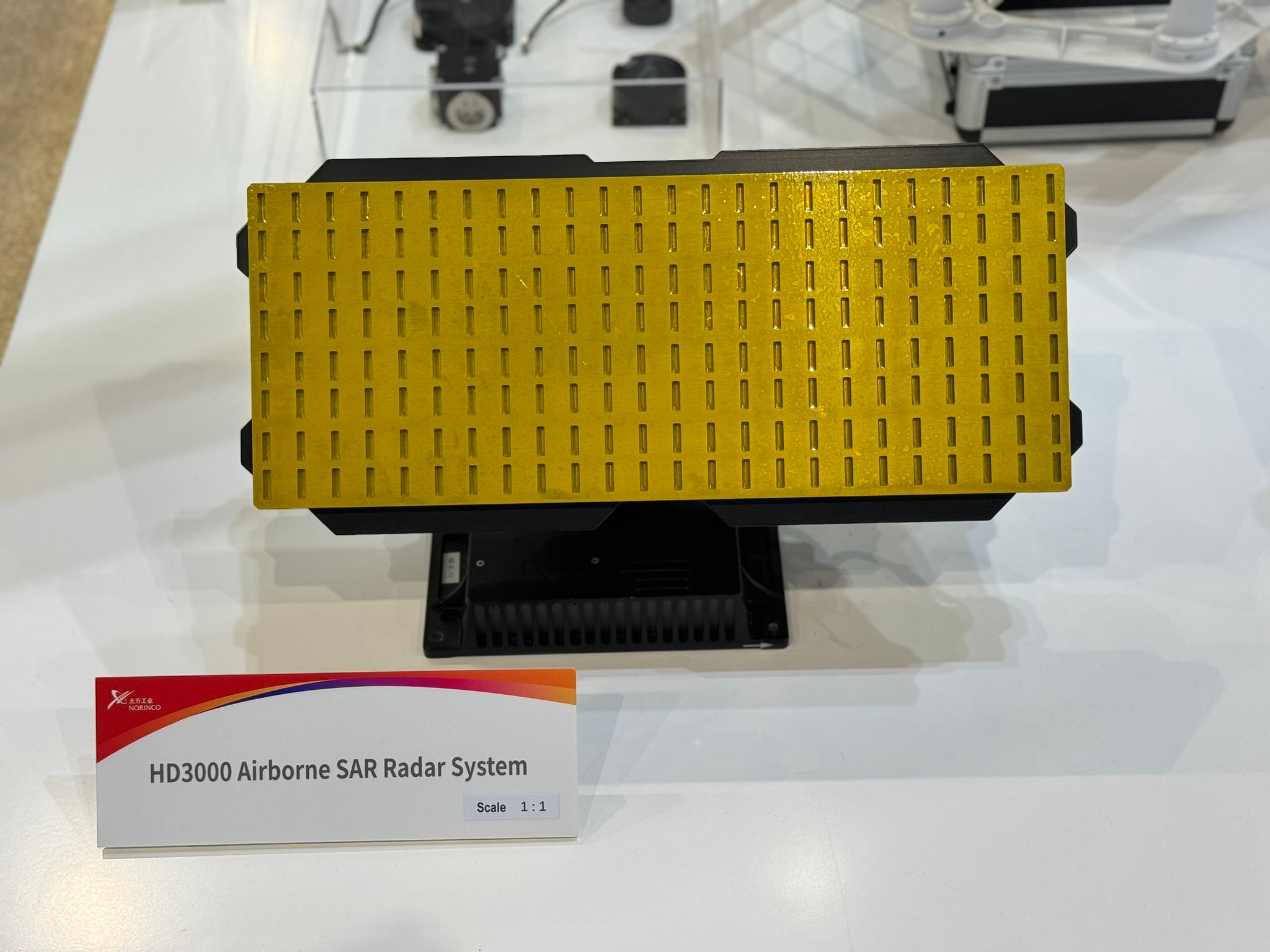by78
General
The cabbage-ization of AESA radars continues. For one million yuan ($138,000 USD), you too can purchase your own "military grade" AESA multi-functional surveillance radar.
The unit weighs only 27kg and can therefore be easily transported by civilian vehicles. Detection range is around 2km for aerial targets with an RCS of 0.01m2. For ground targets (when mounted at an elevation of 15m), detection range is ≥6km for human sized targets and 15km for vehicles. For sea targets, range is ≥9km for small boats.


The unit weighs only 27kg and can therefore be easily transported by civilian vehicles. Detection range is around 2km for aerial targets with an RCS of 0.01m2. For ground targets (when mounted at an elevation of 15m), detection range is ≥6km for human sized targets and 15km for vehicles. For sea targets, range is ≥9km for small boats.


Last edited:





